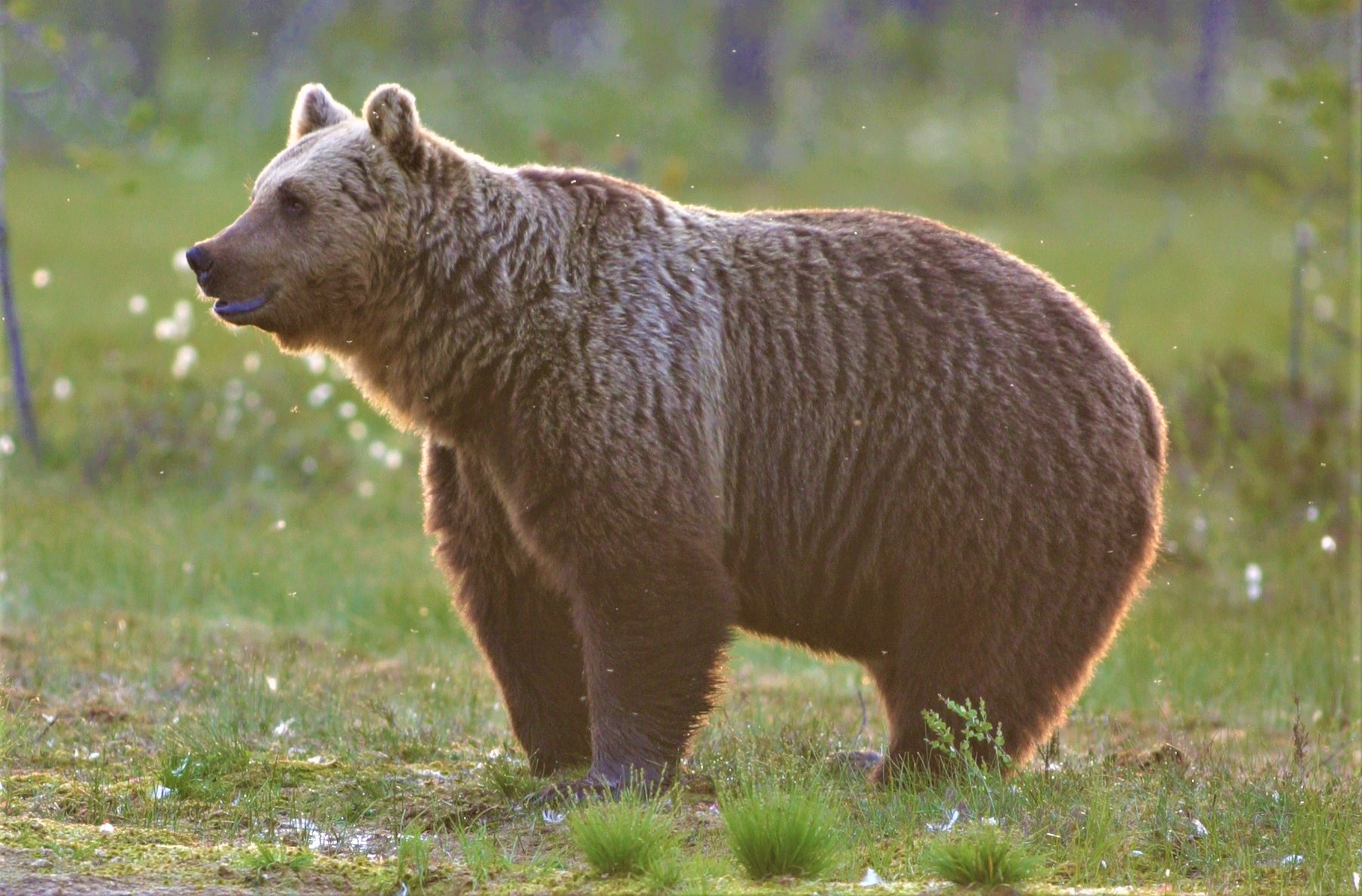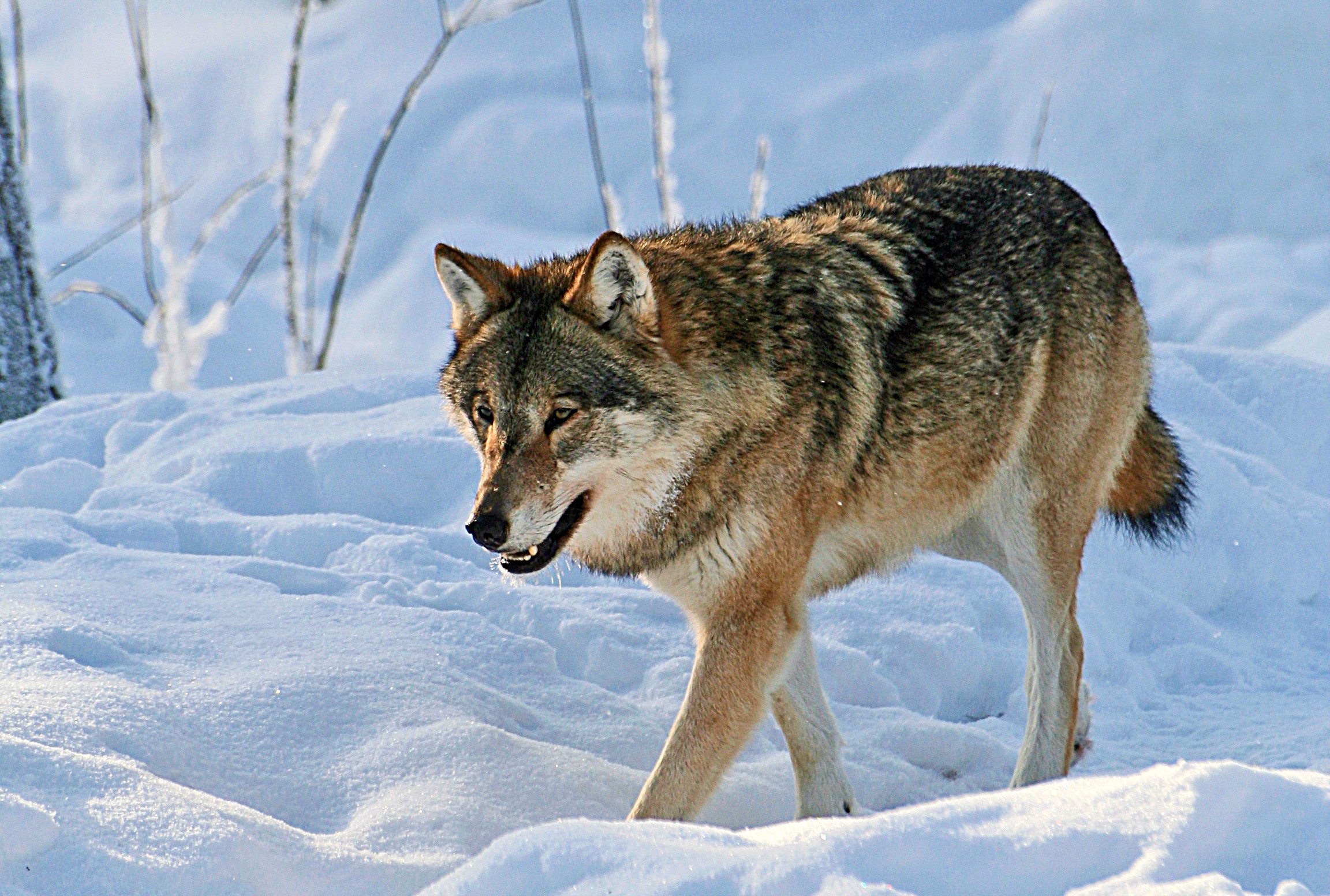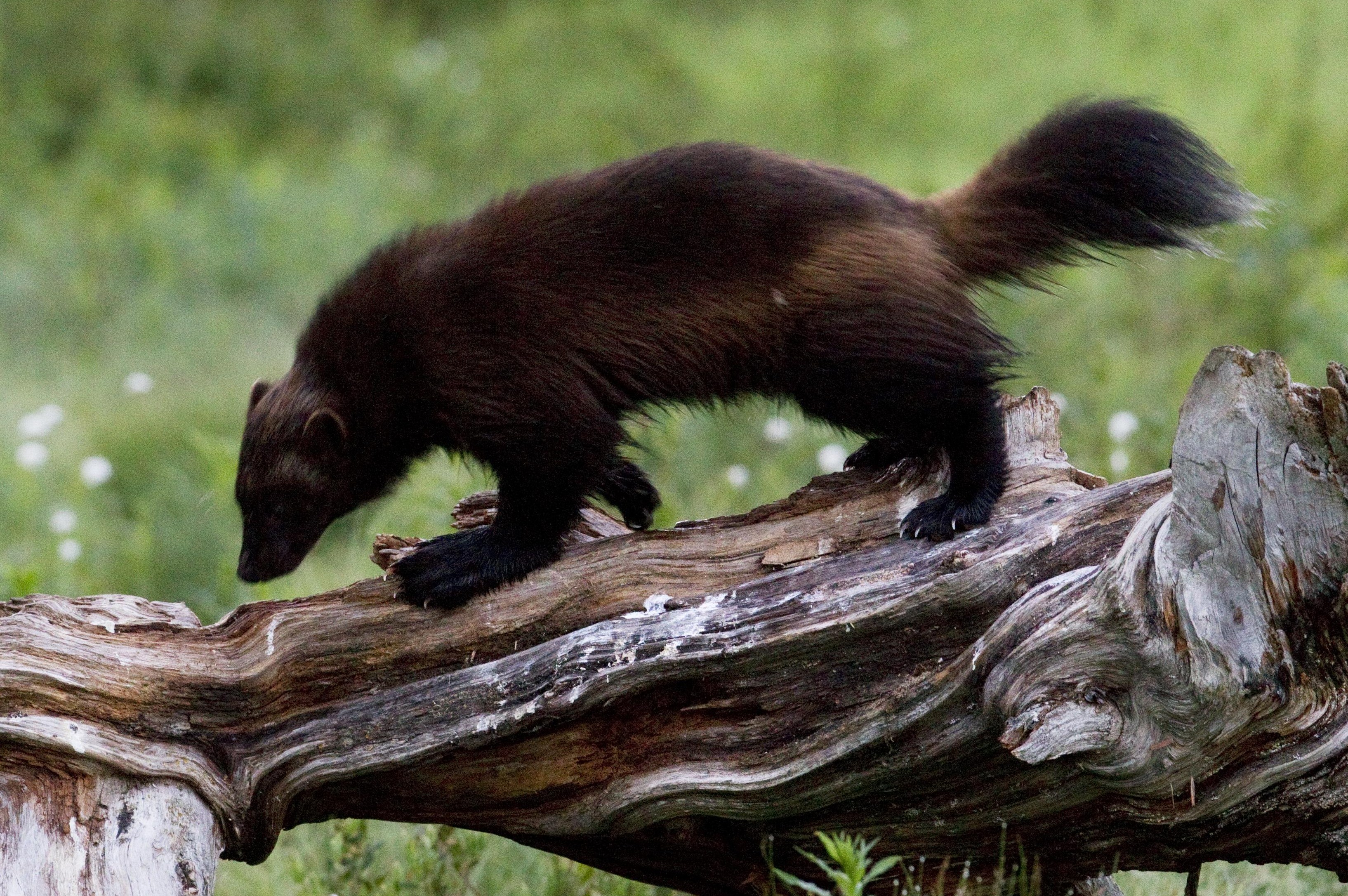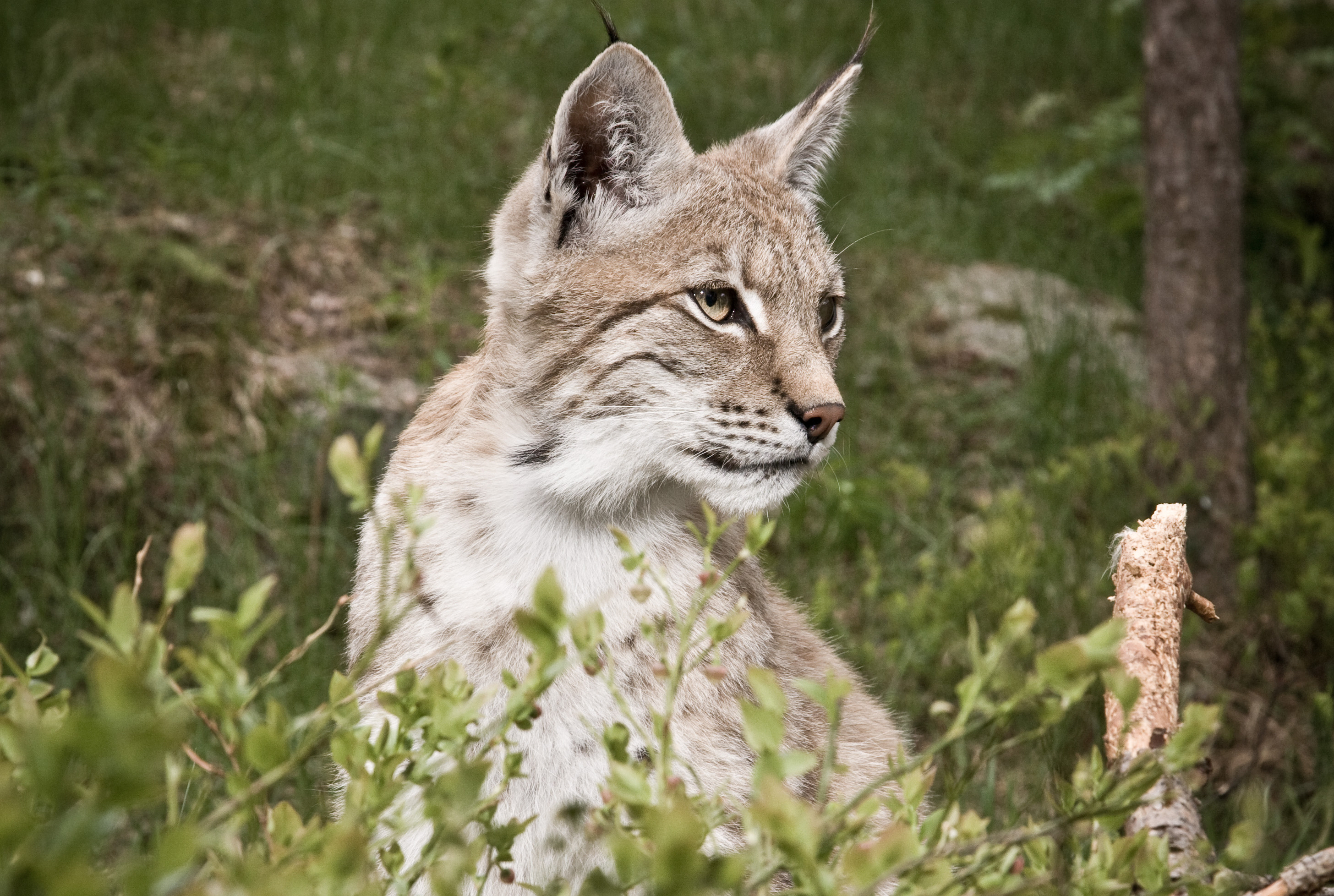Nature Photography in Finnish Woods and Wilderness
In recent years Finland has become a haven for both professional and amateur nature photographers who arrive to capture some of Europe’s most elusive carnivores on film. As a result of this increased interest in Finland’s “big four”, there are now numerous Finnish holiday options to choose from, where the avid photographer can benefit from the skills and knowledge of local guides and tour operators. An excellent example of the results that can be achieved can be seen on the blogposts by wildlife photographer Jules Cox that are titled “Land of the Midnight Bear”. Of course, not everyone is going to return with photographs of such quality, I get the impression that Mr. Cox is particularly talented!
The “Big Four”
The largest of these is the brown bear. In fact, the brown bear is the largest terrestial mammal in Europe, where it was once quite widespread. I’ve read a number of different estimates on how many bears there are in Finland, and the consensus seems to be that are somewhere between 800 and 900 distributed across the country – although one estimate from 2010 puts their number closer to 1,000. The vast majority of these elusive giants are to be found in the southeast and east of Finland. It’s not too unusual in the summer to see a scrolling warning come across your TV show telling people to stay indoors in, for example, Lappeenranta, because a bear has decided to wander into town!

Bear watching and photographing is one of the fastest growing speciality sectors in Finnish tourism. From mid April until early June the bears are very active, as they have just awoken from their winter hibernation and are quite busy searching for food. As June progresses the bears enter their mating season, and it becomes a lot more difficult to catch a glimpse of them. By July, and right through August and September, it becomes easier again to photograph them, especially when females have cubs to care for and are less inclined to travel great distances.

The wolf is probably the rarest of the large carnivores in Finland, with only 150 or so living here at present (according to estimates from 2010 by Finnish Large Carnivore Research Project). The Finnish population of wolves is part of the larger Russian wolf population. There are approximately 30,000 wolves in Russia today, but only 350 of these live across the border in Russian Karelia. Finnish plans to increase the number of wolves and expand their habitats is one of the more controversial debates today, and has been met with fierce resistance in some parts of the country, especially where reindeer husbandry is the predominant means of livliehood. Hunters are also keenly opposed to the expansion of wolves, as they can lose anywhere between 30 and 50 dogs a year during the elk hunting season. Despite no wolf attacking a human since the 19th century, many parents in rural areas also worry that their children are at risk from attacks going to and from school, especially in winter when there is very little sunlight on offer.

There are slightly more wolverines than wolves in Finland, according to recent estimates, yet this fierce hunter might well be the most elusive of all the large Finnish carnivores. Despite this there are some service providers that can point to successful sightings at their feeding points in recent years. At present there are between 150 and 170 individuals in Finland, mostly within the Arctic circle. Solitary loners, who are active all year long, wolverines are hated by everyone involved in reindeer husbandry. Shortly before they became a protected species their numbers were as low as 60 across the Nordic countries, and today they are listed as “endangered” in the Finnish Red List.

The final member of Finland’s “big four” is the lynx, of which there were reportedly some 1,500 in 2008. More recent estimates put that figure at 2,000, however the Eurasian lynx can cover a lot of ground and many of them move freely across the Finnish borders with Russia, Sweden and Norway. According to a Helsingin Sanomat article of 2008 “In recent years the country’s lynx population has increased especially in the provinces of Southern Savo, Kainuu, and Central Finland. In Northern Savo the lynx population continues to be larger than in the other game preservation districts.”
Discovering Finland has also provided a brief guide to Finnish Wildlife.


